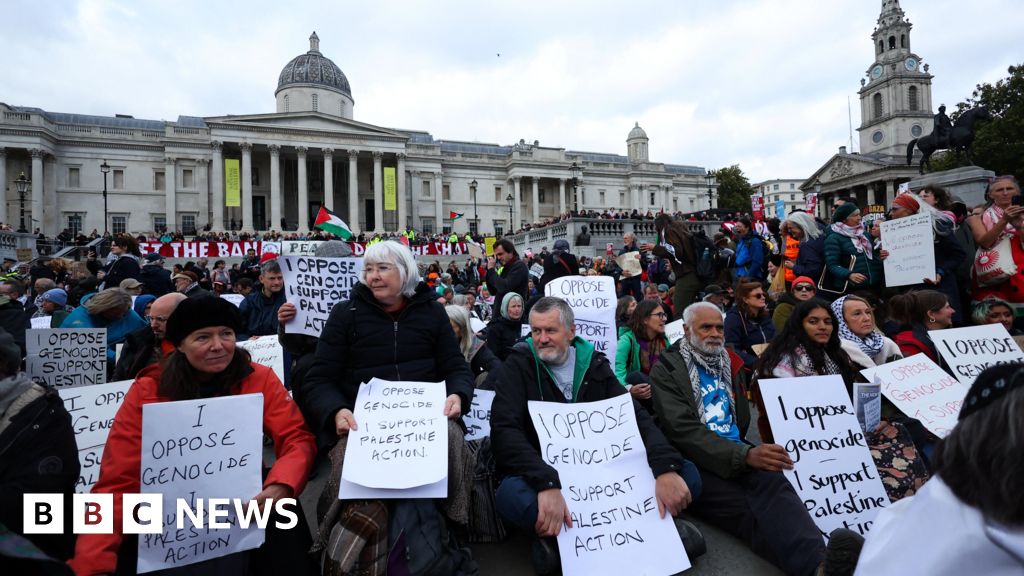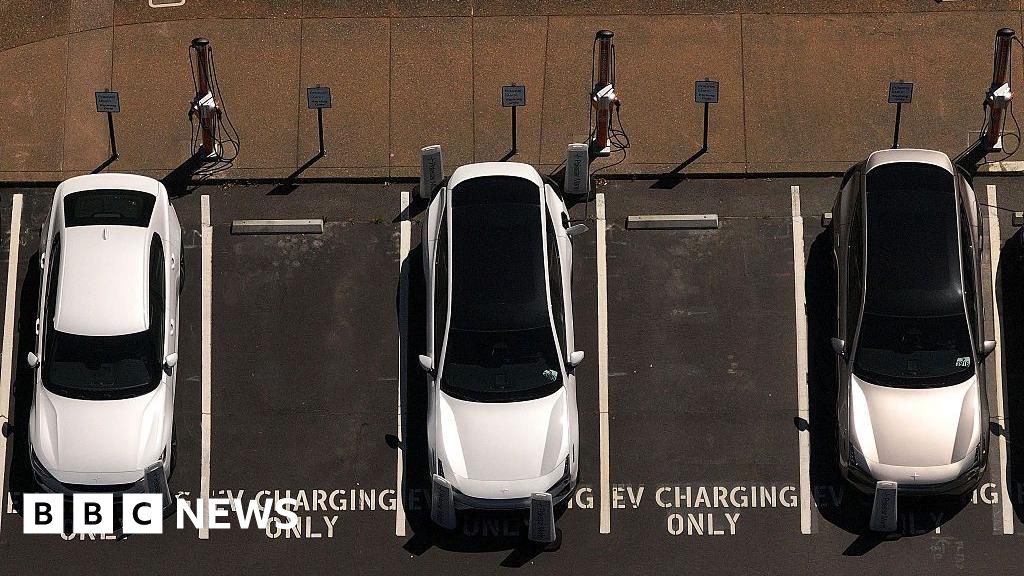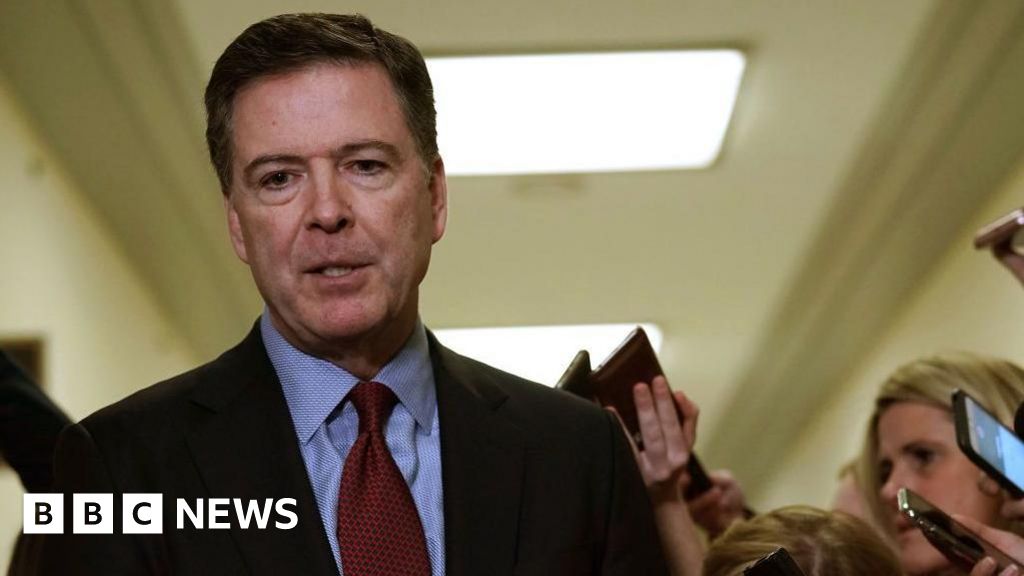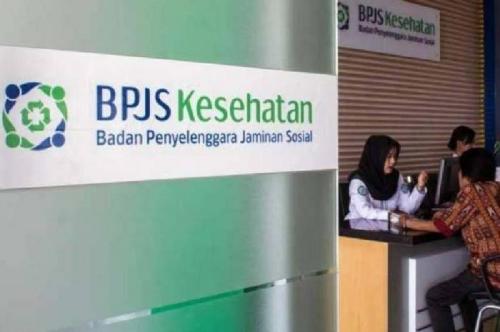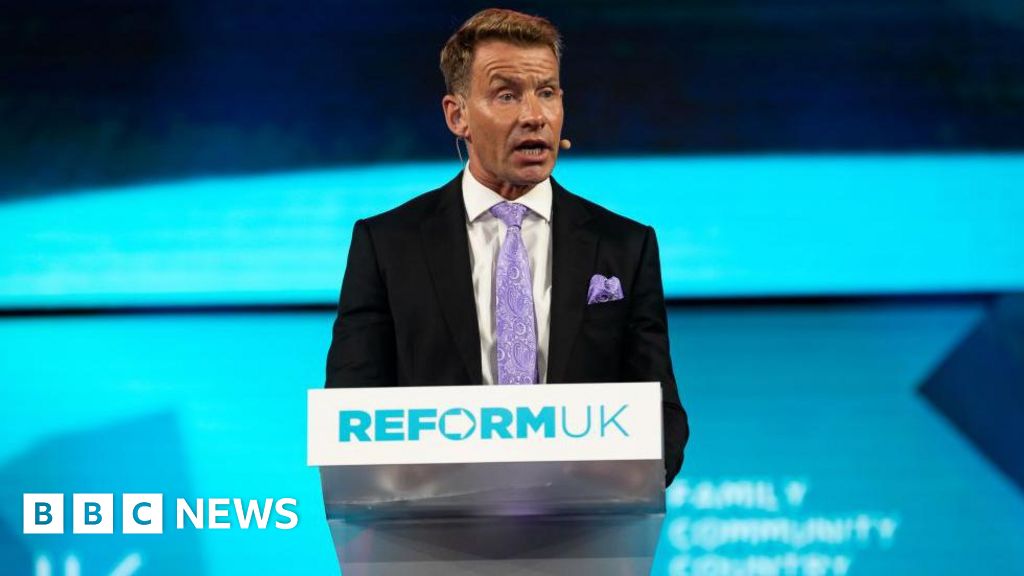Ben Chu
Policy and analysis correspondent, BBC Verify

 Getty Images
Getty Images
The government's decision to largely reverse its cuts to winter fuel payments has raised questions about its spending and savings plans - and its fiscal rules.
BBC Verify has been looking at the the key numbers.
What has changed on winter fuel?
At the time Labour won the 2024 general election, the Department for Work and Pensions was projecting that 10.8 million pensioners in England and Wales would be eligible for winter fuel payments in 2024-25.
The payments are worth either £200 or £300 per household.
The new government, in order to save money, decided that only pensioners in receipt of pension credit (a separate benefit aimed at low-income pensioners) would receive winter fuel payments that winter - and said that would reduce the number of individual recipients to 1.5 million.
Now the government has changed course - after widespread criticism - and said that, from 2025-26, all pensioners will get it, although it will be clawed back in the following tax year from individuals earning £35,000 and above.
It claims this means about 9 million pensioners will now be eligible..
The effect of this is largely to undo the impact of its initial policy in terms of the numbers affected.
How much will this cost?
And some analysts think the overall net saving for the government could actually be lower still.
Under Labour's initial 2024 reform, winter fuel payments were only available to those in receipt of a separate benefit aimed at low-income pensioners, called pension credit.
Last year, the government initiated a campaign to encourage the hundreds of thousands of pensioners who are eligible for pension credit, but who do not claim it, to start doing so.
The latest data shows almost 60,000 more pension credit claims were awarded than otherwise might have been, likely because of the government's awareness campaign.
Labour hope to put winter fuel misstep behind them
With each annual pension credit claim costing the government £3,900 a year on average, the former Lib Dem pensions minister Steve Webb has calculated that the total annual cost of these new claims could be about £234m.
That additional cost would offset around half of the £450m savings claimed by the government for its latest changes to winter fuel eligibility.
How can the government afford this U-turn?
When Chancellor Rachel Reeves announced the tightening of winter fuel payments in 2024, she said the £1.5bn per year savings were needed to stabilise the public finances.
And those savings were entered into the OBR's budget calculations.
Now the savings will only be £450m per year - or even lower - a gap of at least £1bn will open up in the government's finances.
The Treasury said it will address this gap in the next Budget in the Autumn of 2025 and said "it will not lead to permanent additional borrowing".
Assuming the OBR does not raise its GDP growth and tax revenue forecasts in the Budget, giving the government more money to fill the gap, this will imply ministers would either have to raise additional taxes or cut spending elsewhere to close this roughly £1bn gap .
However, it should be noted that £1bn is a relatively low sum in the context of the public finances.
In 2025-26 the government is projected by the OBR to spend £1,347bn and to borrow £129bn.
It is also worth noting that the projected savings from the government's working age welfare reforms, announced earlier this year, are considerably higher than the savings from changing eligibility for winter fuel payments.
The changes in eligibility for personal independence payments and the cuts to universal credit incapacity payments are projected by the OBR to save the government £4.8bn a year by 2029-30.
If the government were to reverse or water down those reforms, as some Labour MPs are urging, it would create a considerably larger financial headache for the chancellor in terms of meeting her fiscal rules.
Those rules specify that she has to be projected to be on course to balance the government's day-to-day spending budget (which excludes spending on infrastructure) by 2029-30.
In March 2025, the OBR projected that she had just £9.9bn of "headroom" against this rule, a very small amount of leeway given the size of overall government spending and borrowing.
Reversing the welfare cuts would wipe out around half of it.
And many economists expect the chancellor's projected headroom to be further eroded by the OBR in any case in the Autumn Budget as a result of downgraded growth forecasts and an increase in government market borrowing costs in recent months.


.png)
 3 months ago
46
3 months ago
46


